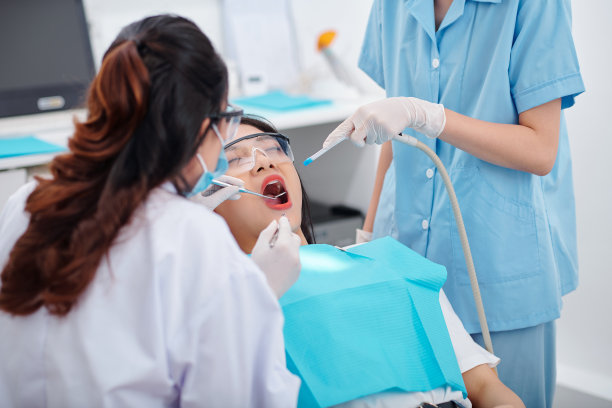Understanding the Silent Threat Periodontal Disease and Its Impact on Oral Health
Summary: Periodontal disease is a silent threat to oral health, impacting millions of people worldwide. This article delves into the various aspects of periodontal disease, including its causes, symptoms, treatments, and prevention strategies, shedding light on the importance of oral health maintenance.
1. Causes of Periodontal Disease

Periodontal disease is primarily caused by a build-up of plaque, a sticky film of bacteria that forms on teeth. Poor oral hygiene, smoking, genetic factors, and certain medical conditions can also contribute to its development.
When plaque hardens into tartar, it can lead to gum inflammation and infection, eventually resulting in periodontal disease. Bacteria in the mouth play a crucial role in this process, triggering an immune response that damages the gums and bone supporting the teeth.
If left untreated, periodontal disease can progress to more severe stages, causing irreversible damage to the teeth and surrounding tissues. Regular dental check-ups and professional cleanings are essential in preventing its onset.
2. Symptoms of Periodontal Disease
Early signs of periodontal disease include red, swollen, and bleeding gums, along with persistent bad breath and a noticeable change in the bite. As the disease advances, patients may experience loose teeth, receding gums, and pus between the teeth and gums.
In some cases, periodontal disease can also lead to systemic health issues, such as cardiovascular disease, diabetes, and respiratory infections. Recognizing the symptoms and seeking timely treatment is crucial in protecting both oral and overall health.
Dental professionals may conduct a comprehensive examination, including measuring pocket depths and assessing bone loss, to diagnose and plan appropriate treatment for periodontal disease.
3. Treatments for Periodontal Disease
Treatment for periodontal disease typically involves non-surgical methods, such as scaling and root planing to remove plaque and tartar from below the gumline. In more advanced cases, surgical interventions like flap surgery and bone grafting may be necessary to restore oral health.
Antibiotics, both oral and topical, are commonly prescribed to control bacterial infection and promote gum healing. Additionally, lifestyle modifications, including smoking cessation and improved oral hygiene practices, are essential in managing periodontal disease and preventing its recurrence.
Prompt and effective treatment of periodontal disease can halt its progression, preserving the teeth and supporting structures while reducing the risk of complications and future dental problems.
4. Prevention of Periodontal Disease
Preventing periodontal disease begins with maintaining good oral hygiene habits, including regular brushing, flossing, and using antimicrobial mouthwash. A balanced diet rich in vitamins and minerals can help support gum health and strengthen the immune system.
Avoiding risk factors like smoking and excessive alcohol consumption can significantly reduce the likelihood of developing periodontal disease. Regular visits to the dentist for professional cleanings and oral examinations are crucial in detecting and addressing oral health issues early on.
Educating patients about the importance of oral hygiene and providing personalized oral care recommendations can empower individuals to take charge of their oral health and prevent the onset of periodontal disease.
Summary:
Periodontal disease poses a significant threat to oral health, with far-reaching consequences that extend beyond the mouth. By understanding its causes, symptoms, treatments, and preventive measures, individuals can proactively safeguard their oral health and overall well-being. Regular dental care and a commitment to oral hygiene are key in combating periodontal disease and preserving a healthy smile.
This article is compiled by Vickong Dental and the content is for reference only.



